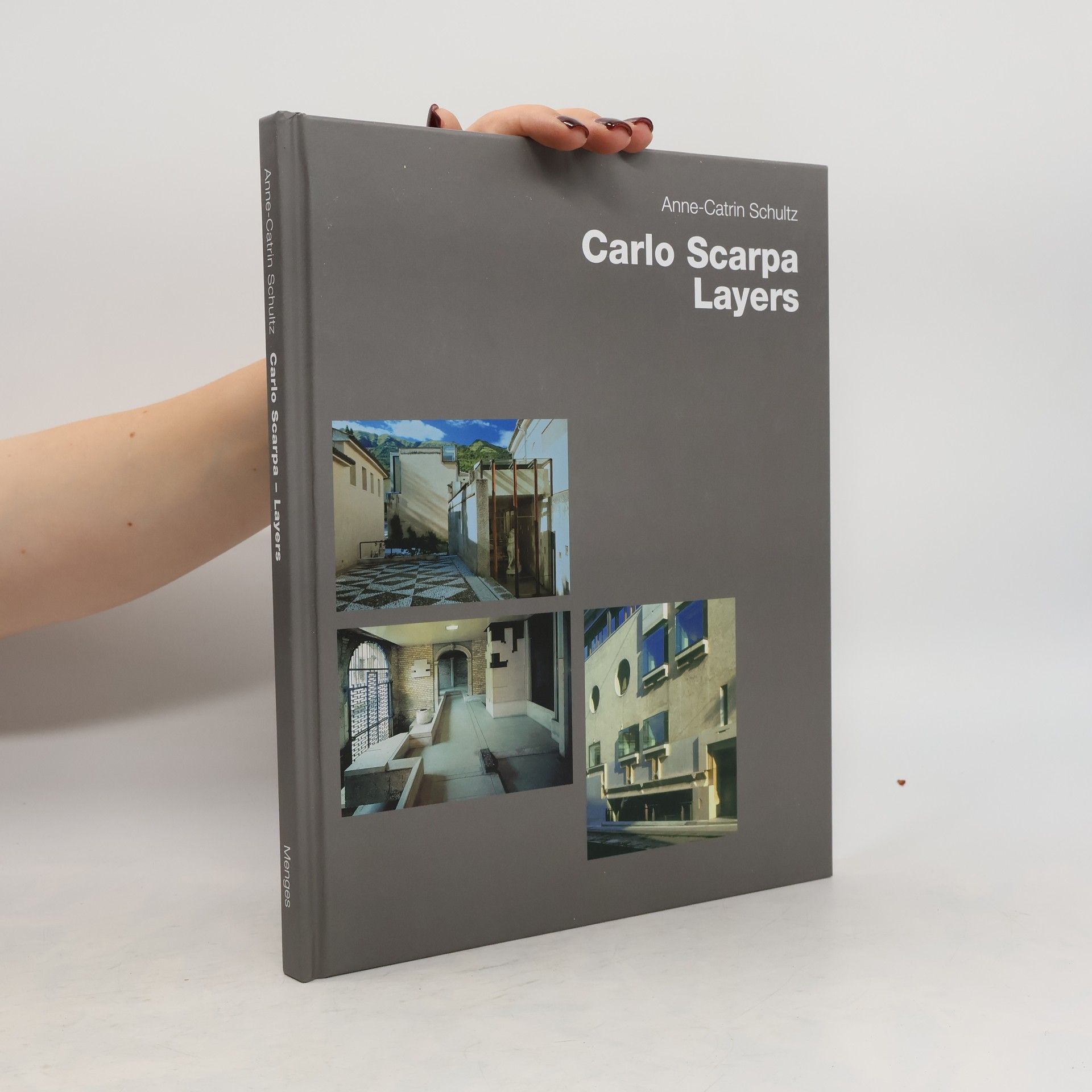Carlo Scarpa's layered architecture makes visible the process of becoming and the time-related sedimentation of material and meanings. This book examines Scarpa's fields of influence and intellectual roots and puts them in perspective with former theories and their interpretation of architecture as layered.
Anne Catrin Schultz Knihy
